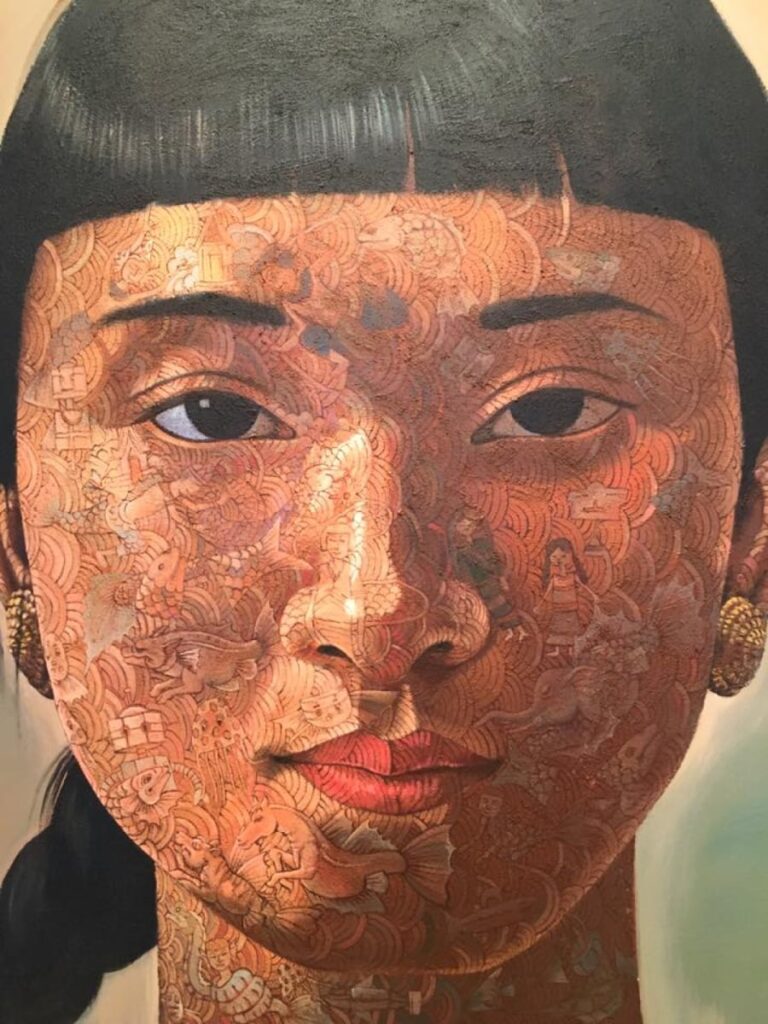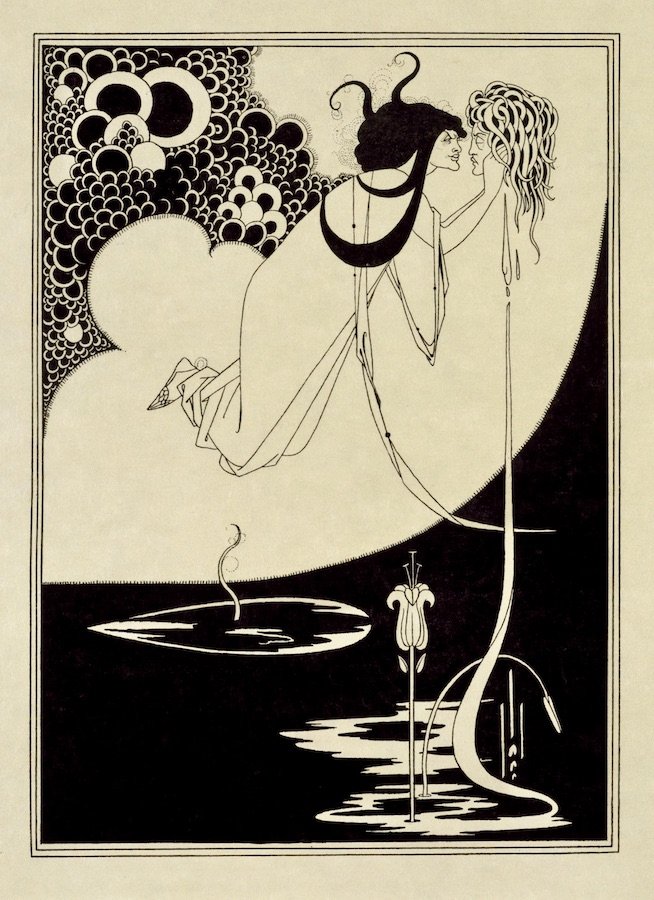Highly skilled, Noah Buchanan uses the mastery of the brush to not only create highly dramatic works of art, but one’s full of meaning.
Buchanan’s figurative art is classical in style, his drawing and paintings showing a strong grasp of the anatomy, which is not surprising given his years of training. His work traversing between touches of; contemporary allegorism; an influenced style of baroque – especially Caravaggio – with dramatic paintings that show the skill of chiaroscuro (an intense contrast of light and dark) and complex dynamic arrangements; to renaissance classicism with mythological and spiritual themes, an understanding of perspective and greater realism of expressions.
Buchanan envelops these influences into the modern settings of today with contemporary clothing and locations, such as a brightly lit Ferris wheel in Entombment (2014), whilst still having religious undertones of the renaissance; apocalyptic tones with fires on the hillside and shipwrecks, carefully posed figures (the figure directly looking outward is Buchanan himself), and a level of mysticism with the lunar cycle being shown in the distance. This melting of old and new, creates a sense of today’s humanity meeting with the religious overtures that dominated the classical arts. These themes can also be seen in Jacob’s Ladder (2015) – the title coming from a religious story of a ladder leading to heaven, as seen by Jacob when he slept. But here the artwork adds a fresh and modernised perspective, whilst still having undertones of mythology. The ladder is gone but in its place are rainbows – a nod maybe to earlier mythology, where rainbows were said to be made by messengers of God as they travelled between heaven and earth (much like the ladder). But here the earth of Jacob is a very urbanised world, while he lies asleep between earth and the stars. Maybe a comment on man’s technological advancements? One where we can reach the traditional views of “heaven” without the ladder. Certainly in Buchanan’s work there is a degree of infusing classical styles and themes of art with today’s modern inflections.
 Jacob’s Ladder, 2015, Oil on Panel. Noah Buchanan
Jacob’s Ladder, 2015, Oil on Panel. Noah Buchanan
In Buchanan’s drawing Introspection (2009), an investigation of symbolism can be seen in clear partnership with contemporary images; a women sits in profile, the window behind open, while in front of her is an avocado cut in half – the two parts being formed from the whole, which fits into the symbolism of an avocado meaning love. Then, set as if on the same shelf (but is in fact inside the women) is a pear – a symbol of affection and grace, its position suggesting her inner qualities. Whilst behind the sitter is a vase of flowers – the succulents symbolising enduring and timeless love. These symbols of love and admiration all work together in creating a portraiture of the woman, and a celebration of the feminine.
Buchanan is also inspired by the heroic, which can be seen in In the Shadows (Boy Meets Man) (2016) – the boy standing defiantly on the rocks as he faces both nature and the unseen viewer. The bright white of the clouds barely holding back the stormy horizon – its dark blue almost matching the colour of the sea – and still the boy’s posture is brave, his clothing a defiant and fierce red. However, look closely and you see his face is full of apprehension while his hands are in fact slightly clenched – this could be due to the weather, the artist revealing that it was a little cold when the model posed – but still, in the title there is the hint of growing up; of adolescence building a bridge between childhood and adulthood, while the painting hints at the tumultuous weather to come. Emphasising the model, Buchanan has avoided an overload of the palette; instead, he uses primary colours placed boldly against one another – creating a dramatic scene – whilst keeping the focus clear and centralised on the model, the cumulous white cloud acting like a spotlight.
 In the Shadows (Boy Meets Man), 2016, Oil on Linen. Noah Buchanan
In the Shadows (Boy Meets Man), 2016, Oil on Linen. Noah Buchanan
There is so much to see in the images of Buchanan, from the inclusion of the artist’s personal life (his portraiture can be spotted within some of his work) to both allegorism and symbolism that will keep you on your toes, and most definitely on your fingertips – the internet ready to help you learn and track down the meanings in his art, all while enjoying the traditional aestheticism of his work.











